Gluing—when to stick and when to stitch
There are various ways to join two pieces of leather together. Gluing may be the easiest of them, but sometimes it’s also the best.
Read moreThere are various ways to join two pieces of leather together. Gluing may be the easiest of them, but sometimes it’s also the best.
Read more
An independent study funded by the Leather and Hide Council of America (L&HCA) has found that greenhouse gas emissions caused by the use of cattle hides were significantly less than previously stated.

Vitrolabs, a company that has discovered a tissue engineering process that can grow cowhide in a lab has just raised $46million in funding for production. This is undoubtedly amazing, but what problem is it solving?
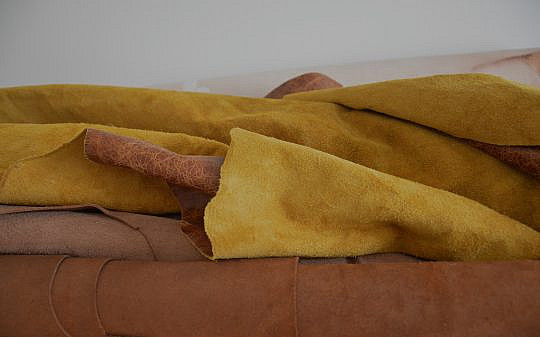
Tanneries in general have been driving up sustainability standards for decades, but how can you tell how individual ones are performing?
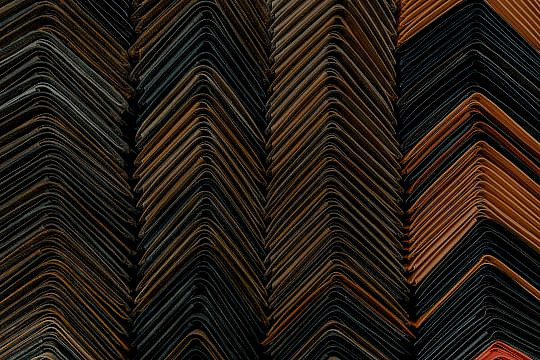
It’s all very well to follow your instincts, but once you start crafting leather at any serious level, you are going to have to learn to cut patterns uniformly and accurately. Here is how to get started.
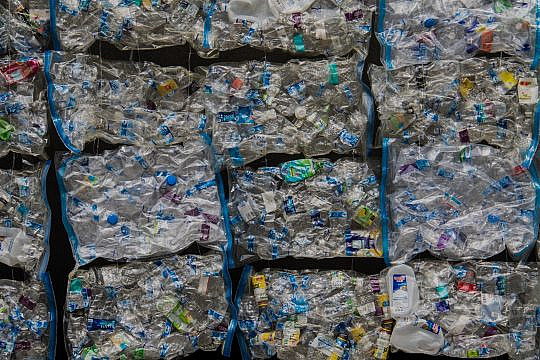
We all know about plastic pollution—the microplastics that are shed and the general waste caused. And we know how difficult it is to recycle a product that takes 500 years to biodegrade. But the harm plastics do starts’ even before they are made.
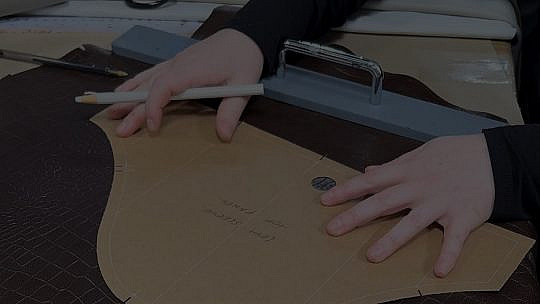
If you’re serious about leather crafting, making and cutting patterns is vital for any design.

Almost a quarter of a billion tonnes of plastic is manufactured every year. Considering it takes up to 500 years to biodegrade, it’s a good job we can recycle it, right?

Corporate social responsibility: what is it, and what does it have to do with leather?
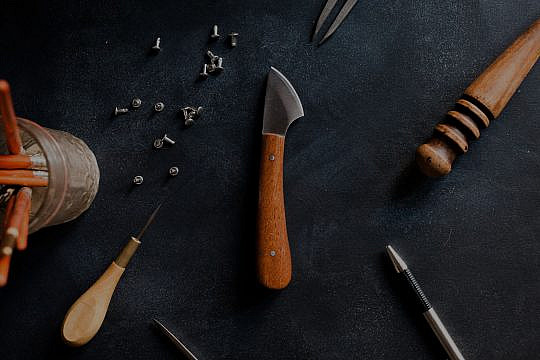
Cut, stitch, finish – here’s our rundown of the tools you’ll need if you want to start crafting leather designs.

Even the shiniest of plastics is derived from fossilised organic material, or oil, as it is better known. All manmade materials come, at some point, from nature. The difference between manmade and natural materials is basically defined by the amount of
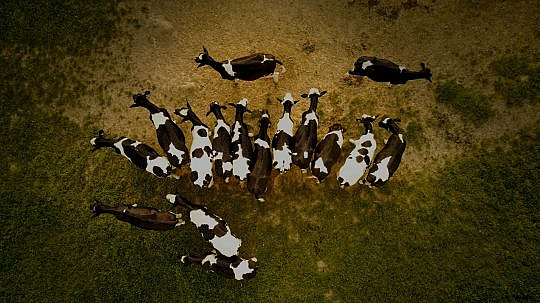
When examining the arguments over arable versus beef production, it is important to remember not all land is suitable for growing crops. This land – marginal land – can support the grazing of cattle, which makes it more productive and sustainable.

‘Leather Locations’ is a three-part series, taking a closer look at the leather industries across the globe.